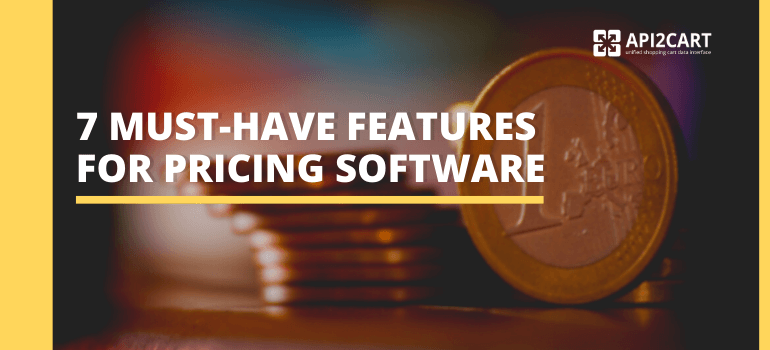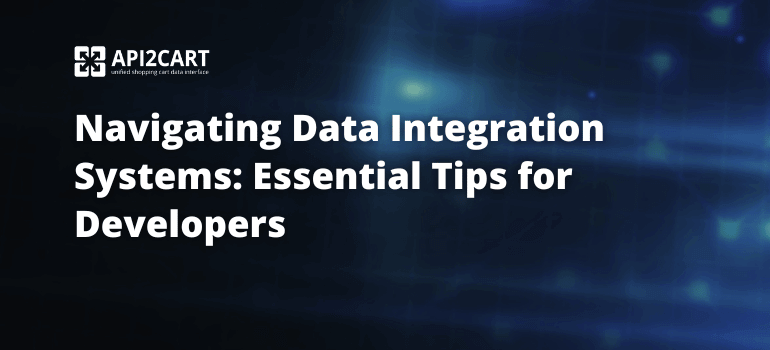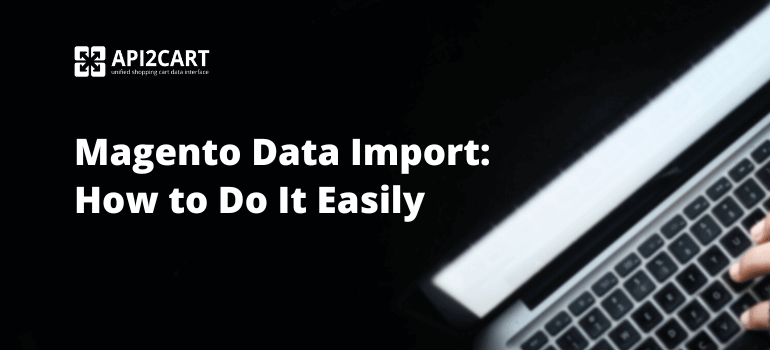
What if you have to race with your competitor (who owns a Ferrari) on a cycle? Or what if you are told to run against an opponent who is no less than Usain Bolt? You are surely going to lose. The same is the case with the eCommerce industry. If the owners of online shops do not use effective software that can help their businesses to grow and try to operate things manually, there is no way they are going to win.
Retailers have started taking advantage of the repriсing software that gives them the possibility to fully automate price optimization processes and enhance their efficiency.
In eCommerce, pricing software help store owners to re-compute the prices of the items quickly on multiple sales channels like Amazon, eBay, etc. and with no additional efforts. The price changing process is based on market conditions and depends on the price strategies of the main competitors.
However, there are a lot of repricing and price optimization software present in the market, which makes it all the way more difficult for the merchants to make a choice. Let’s find out what features of pricing software are vital for eCommerce businesses.
Instant, Real-time Reaction
Repricing software must display the information in real-time when competitors change the prices of their goods and provide the possibility for eCommerce retailers to react quickly on the market changes. It allows to keep track of the seasonality of items and make appropriate discounts for the clients. Industries that depend on the season such as fashion, electronics, FMCG and others have to react promptly on the market conditions in particular and usage of effective repricing software for them is highly important. The delay of information even for an hour may lead to loss of opportunities to sell more products and earn more money.
 Price Monitoring
Price Monitoring
Retailers need tracking any product on any online store automatically almost every day. A good repricing software must lessen the burden by continuously monitoring the competitors’ prices of the goods and define the highest and the lowest price they sell them for. Having this information enables store owners to keep their prices competitive on the market, build their pricing strategies for each product segment separately and avoid going under their minimum.
Possibility to be Used in Different Regions
The reprising software must be supported in different regions. This will greatly help retailers to maintain ease in the business when it grows. It is necessary for store owners to have no worries during the expansion stage as no one of them would ever want to change the software after they become familiar with it.
Safety and Security
Since it is directly related to the pricing of the products, a single fault or lapse in repricing software may lead to huge losses. Therefore, retailers want to make sure that the software never sets a price that is lower than was decided by the seller. The software should provide maximum security to its users and be trustworthy. Moreover, they should display the correct analysis of the market and respond to competitors’ price changes instantly without any mistakes.
Product Analysis
A structured analysis of the products helps the sellers to define the products with low profitability and gives an insight into how they can improve the existing pricing strategy.
Knowing what items in the store have a long payback period online store owners can prevent selling them again in the future.
Informative and Easy-to-Use Dashboards
Repricing software is of no use if the retailer finds it hard to operate. Therefore, the dashboard must be very convenient and be capable of providing all the necessary information and track the performance of the seller's products. Inventory, profit margins, and other such details should be available for the use of sellers so that they can make the necessary changes and effective forecasts.
Integration with Shopping Carts
As the customers of repricing software are e-merchants that use various shopping carts to build and manage their web stores, it is important for repricing and price optimization software to have integration with these platforms. The integration allows to receive and manage needed store data for providing price calculation, comparison, and optimization features for store owners.
However, establishing a connection with the shopping cart is quite challenging due to the complexity of the integration process. Data exchange set up, and sync between various systems involves a lot of technical tasks. Moreover, its maintenance is also a time-taking affair.
The best way to integrate with shopping carts and marketplaces easily and safely is to use a unified API provided by API2Cart. The service knows the in and outs of the process of integration with shopping carts and help repricing software providers to save money, time and expand the number of their customers.
Via only one integration with API2Cart, you’ll be able to receive and manipulate the information from more than 40 shopping platforms and marketplaces such as Magento, WooCommerce, Prestashop, Etsy, Amazon, etc. The detailed documentation makes API utilizing very easy, and our highly active and technically advanced support is ready to serve you whenever you need any information.
If you are interested in integrating with multiple shopping carts at once, feel free to contact our expert, download free Use Case or just try how API2Cart would work for your business right away and start a free trial.




